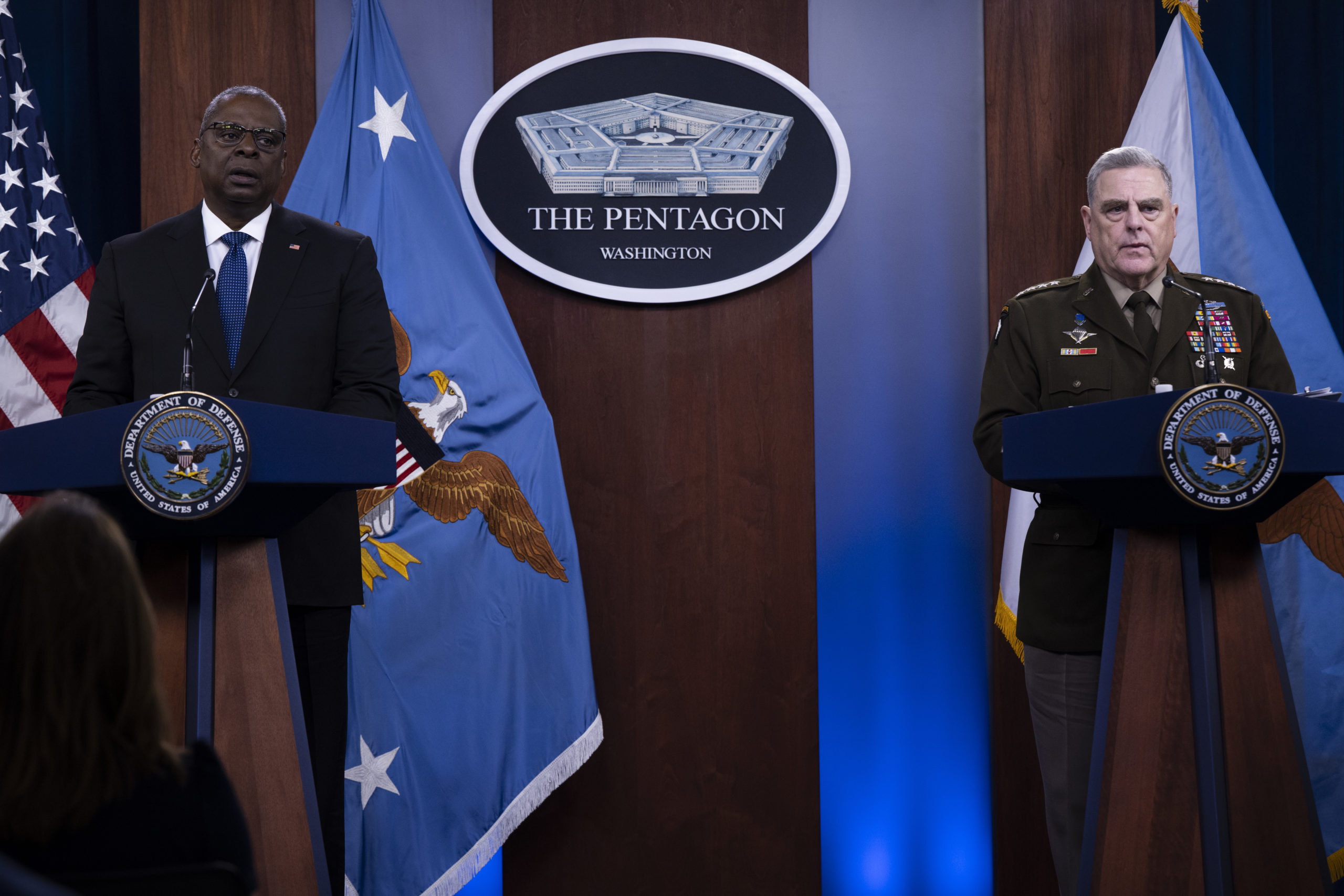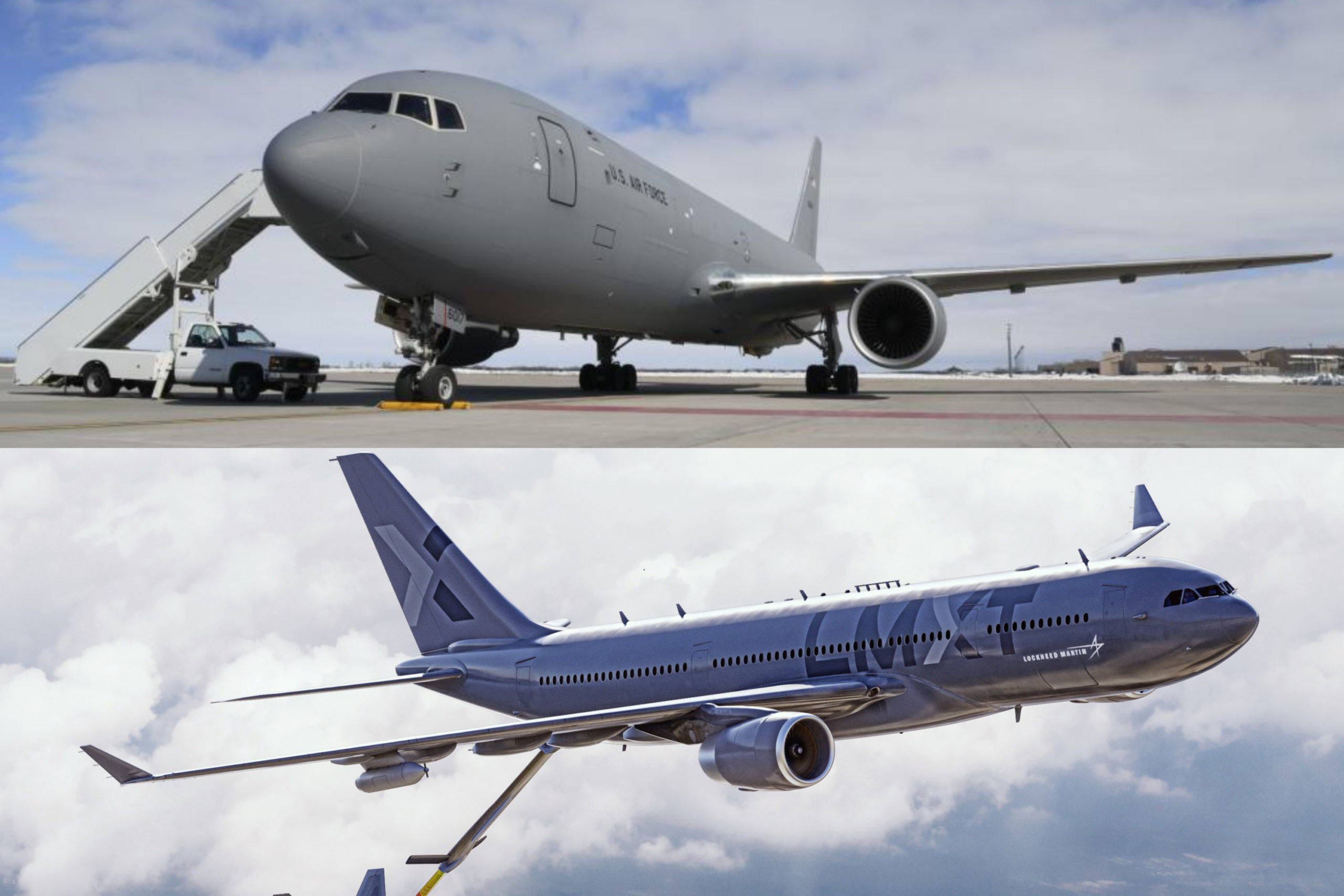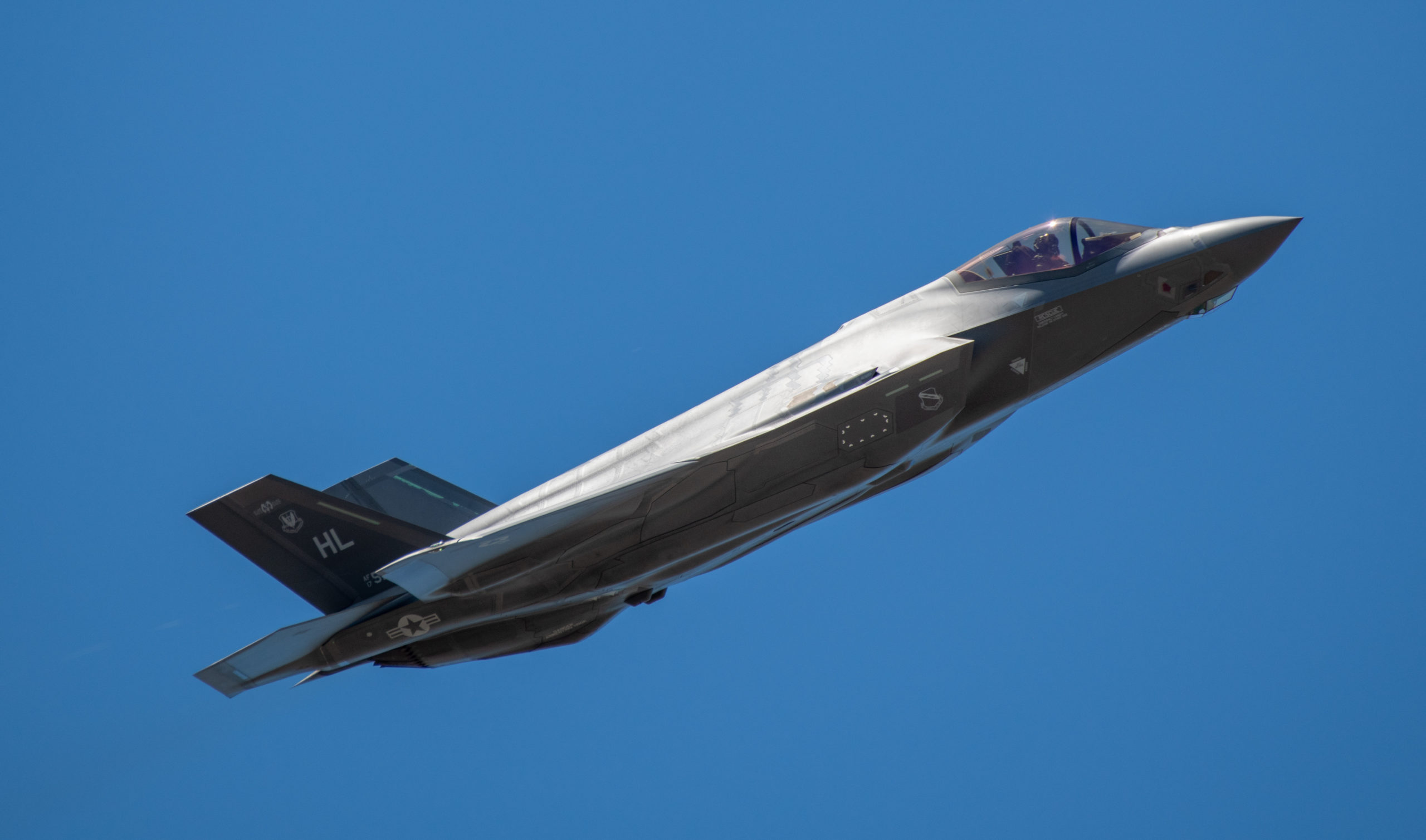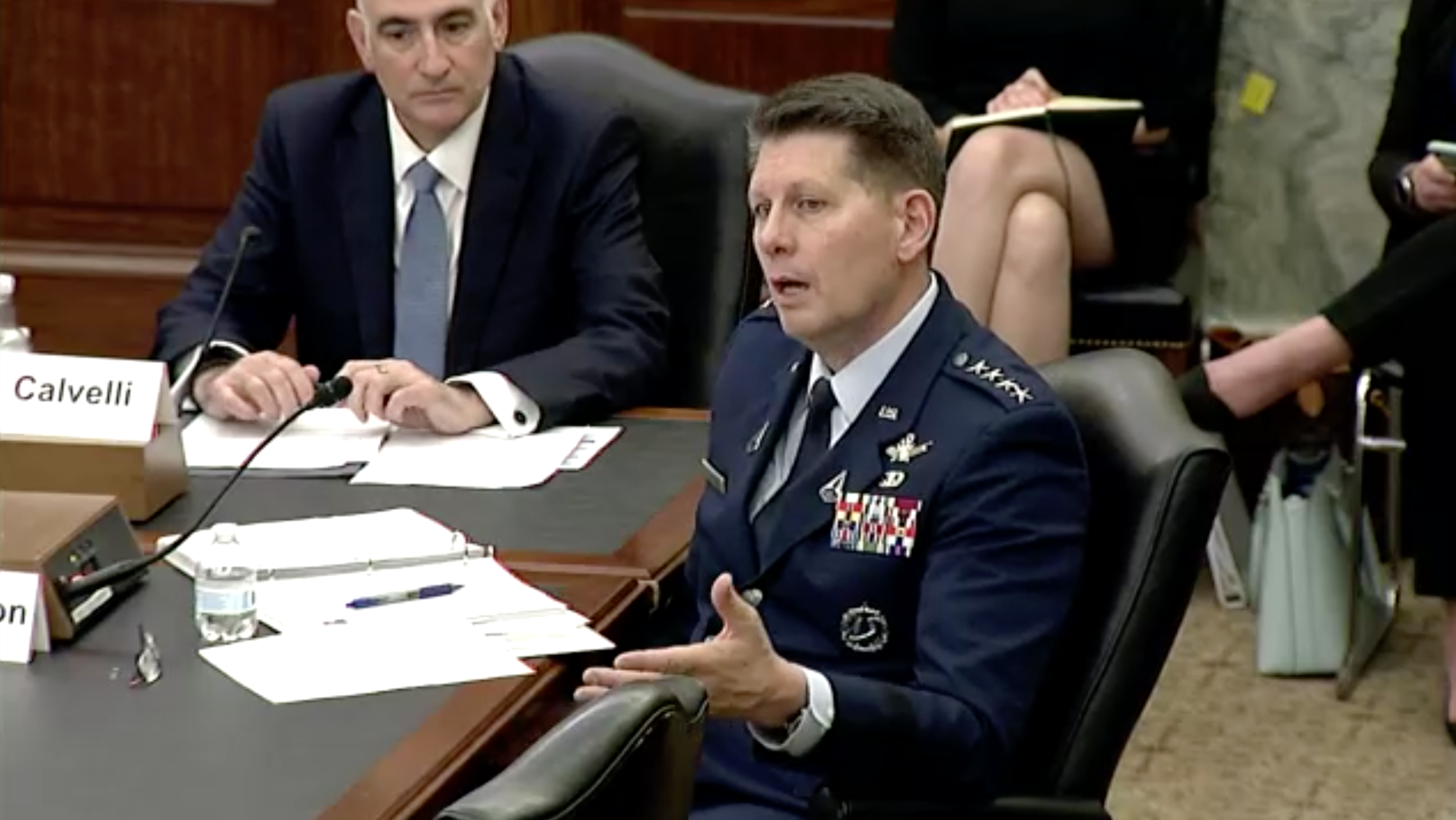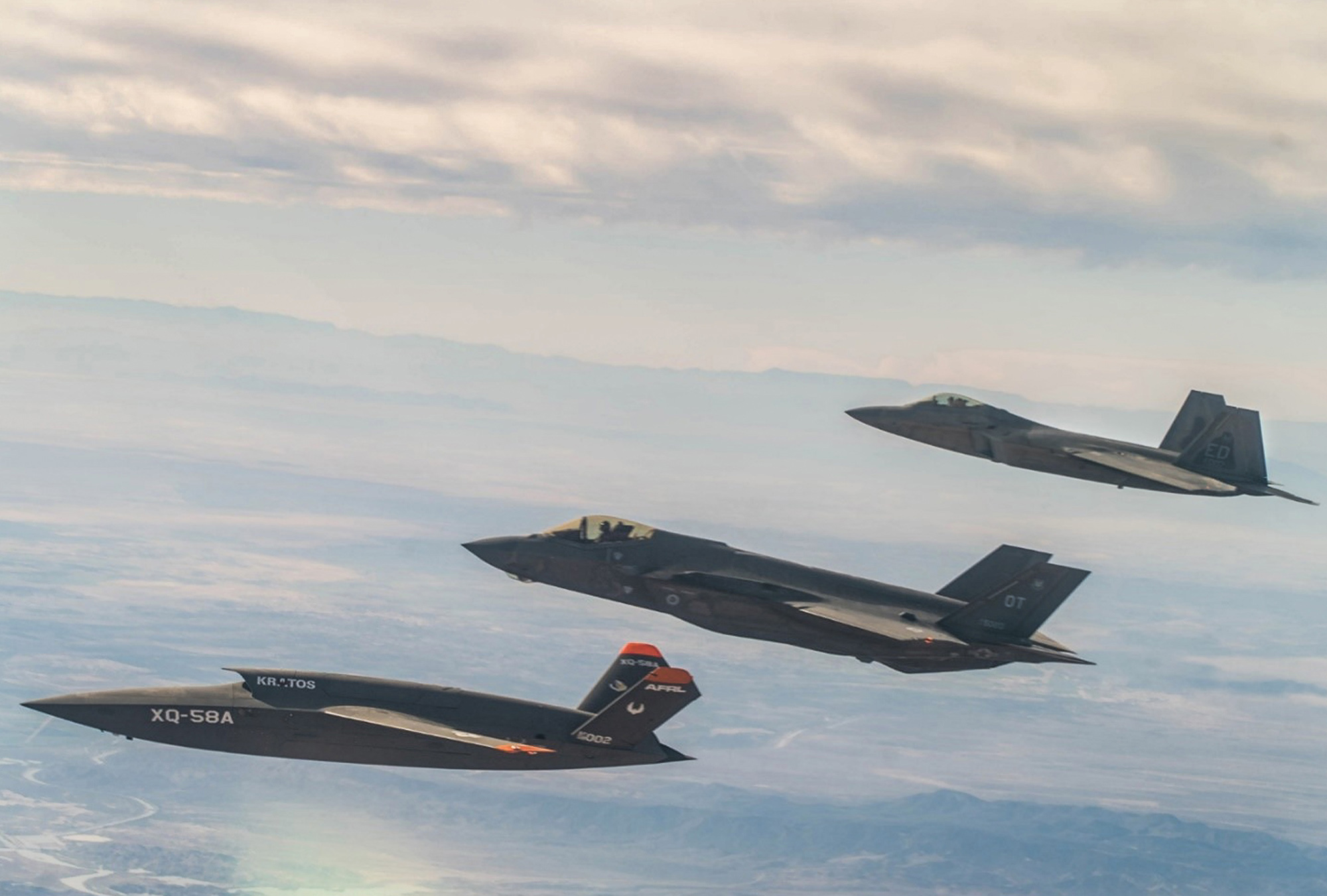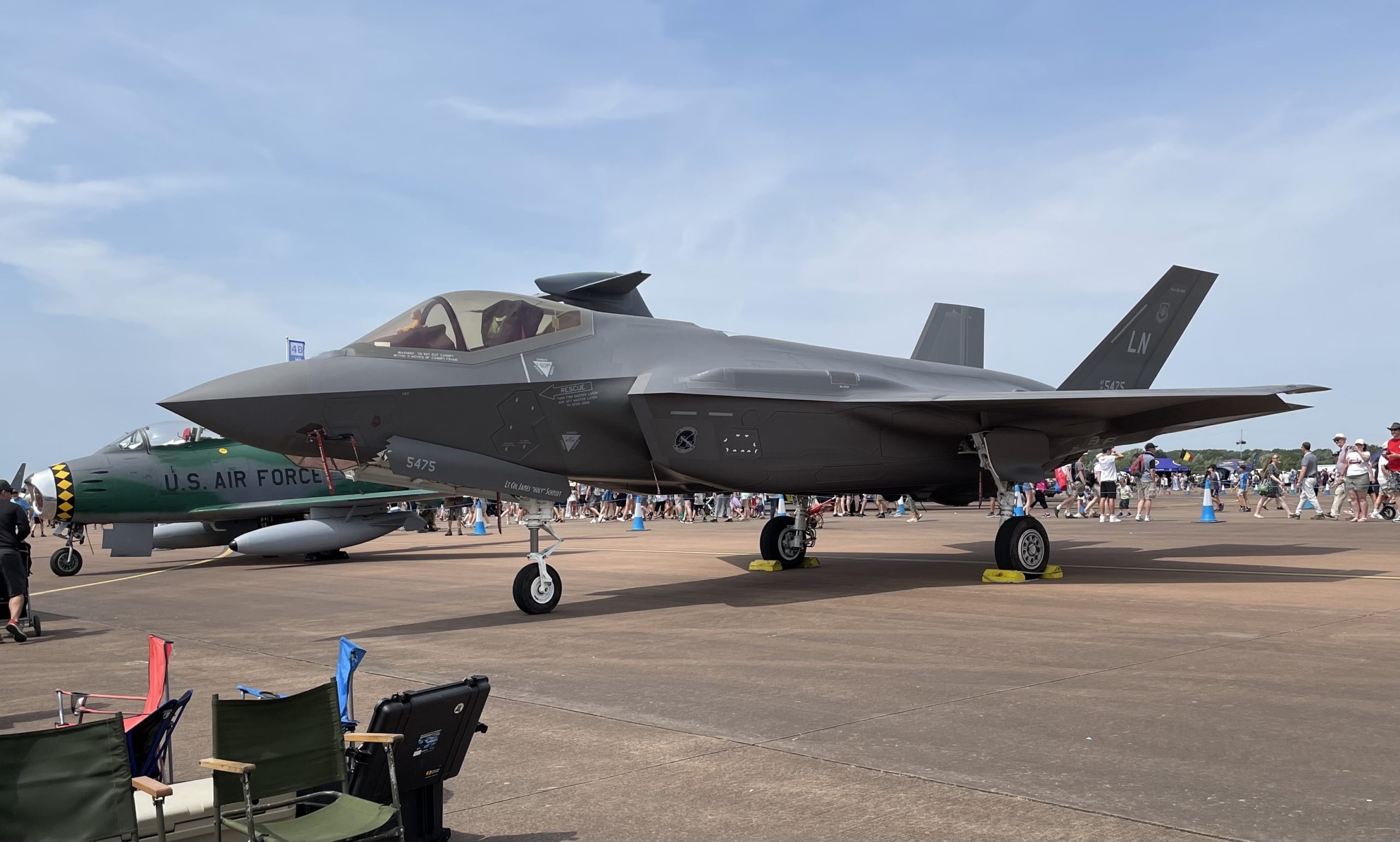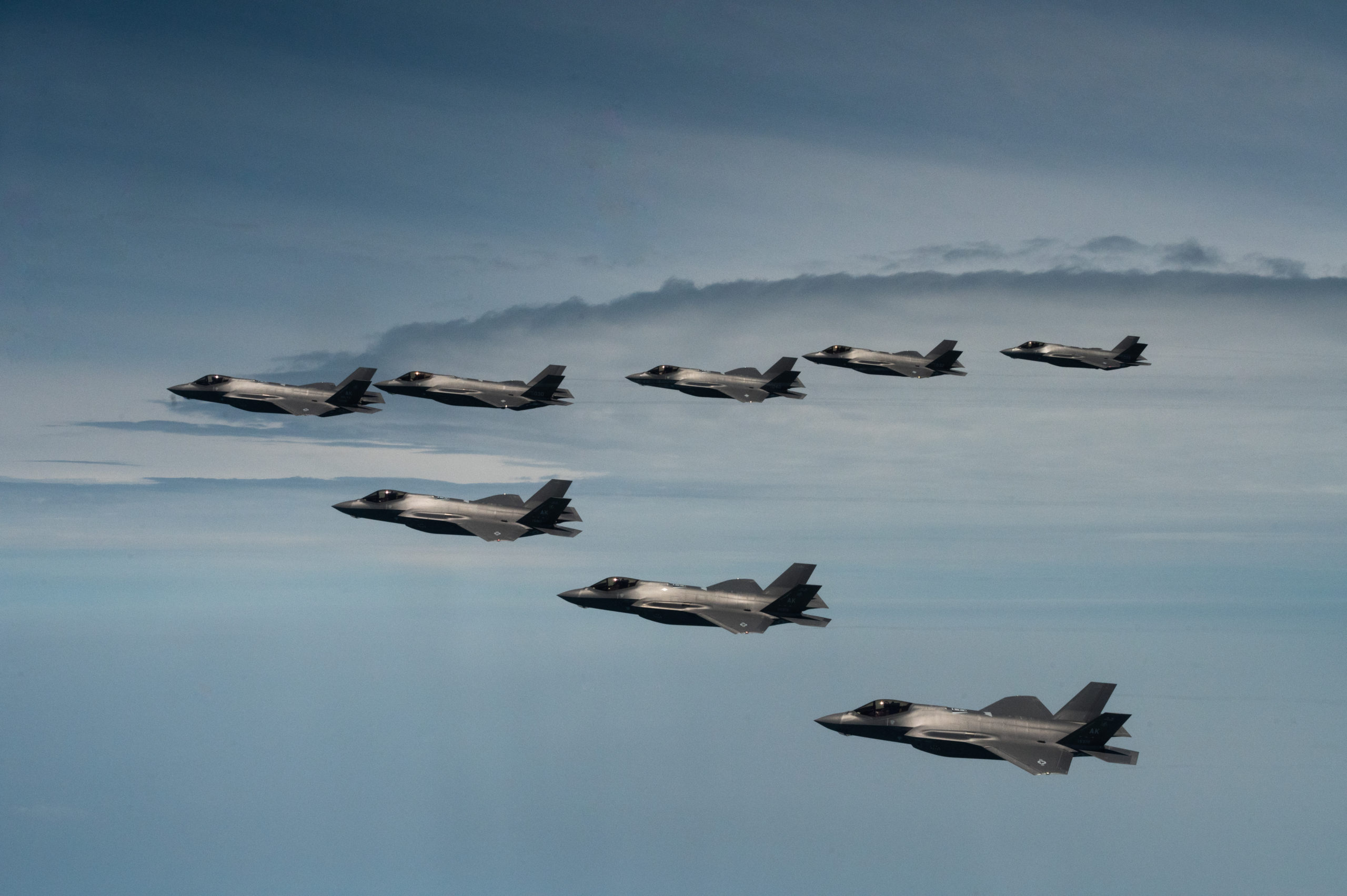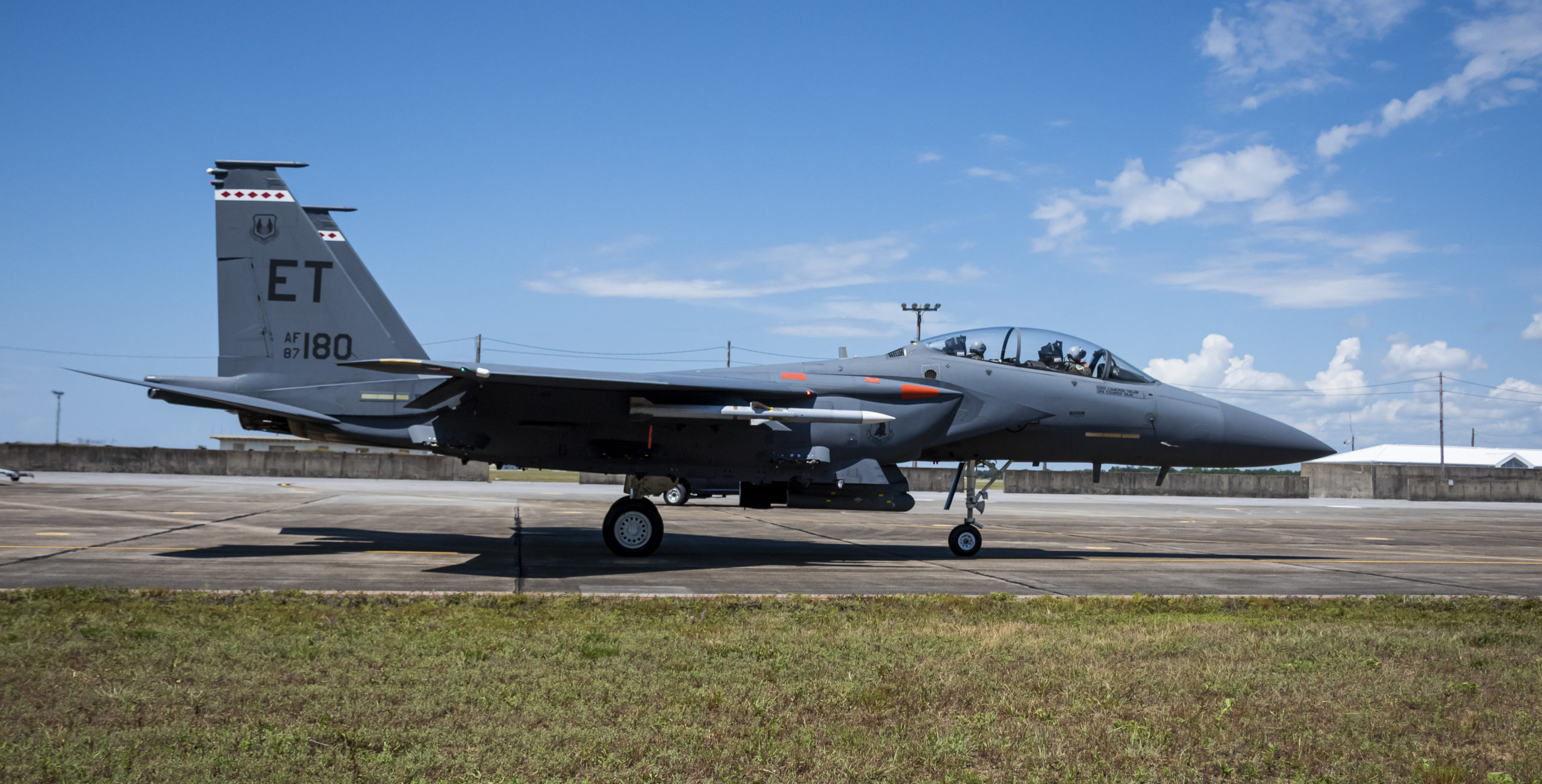Defense Secretary Lloyd J. Austin III held his fourth Ukraine Defense Contact Group meeting virtually from the Pentagon on July 20 amid practically a standstill on the Ukraine front lines in the eastern Donbas region. Austin announced a new presidential drawdown transfer of sophisticated rockets but no aircraft or pilot training.
The Russia-Ukraine war was entering its sixth month as casualties mounted on both sides for marginal gains in a grueling artillery battle, Austin and Chairman of the Joint Chiefs of Staff Army Gen. Mark A. Milley told defense reporters.
Despite a recent Russian operational pause and increasing Ukrainian attacks on supply lines with new precision weapons, Russia had consolidated gains in the Donetsk and Luhansk regions, a precursor to annexation plans, according to NSC coordinator for strategic communications John Kirby at the White House on July 19.
Austin expressed hope that four more High Mobility Artillery Rocket System (HIMARS), to be announced this week by the White House, and promised air defense systems will dial back losses and lead Russia to the negotiating table.
“The security assistance that we are rushing to Ukraine is making a real difference in real time,” Austin said in a media briefing following the meeting with more than 50 countries backing Ukraine.
“Ukrainian forces are now using long-range rocket systems to great effect,” he added, noting that DOD is working closely with Ukraine on the careful use of limited quantities of precision ammunition such as the Guided Multiple Launch Rocket System (GMLRS) used with the HIMARS system.
Milley said 20 partners had provided Ukraine with HIMARS and that more than 200 Ukrainians had been trained on their use. Austin also said coastal defense capabilities, such as Harpoon anti-ship missiles, helped prevent a Russian amphibious assault on the vital port of Odesa.
Leading the contact group discussion was Ukrainian Defense Minister Oleksii Reznikov, who a day earlier told the Atlantic Council that Ukraine was benefitting from the 12 HIMARS committed by the United States but would need “at least 100” more to change the course of the war.
“We need weapons fast, and in sufficient quantities,” Reznikov told Atlantic Council’s John Herbst, who previously served as U.S. ambassador to Ukraine. “We’re using HIMARS systems precisely like the scalpel of a doctor [in] surgery.”
DOD has been praising Ukraine’s use of the HIMARS and Multiple Launch Rocket System (MLRS) for weeks, and Milley gave examples of how Ukraine had hit Russian supply lines, command-and-control nodes, logistical networks, filled artillery, and air defense sites to slow Russia’s advance.
“These strikes are steadily degrading the Russian ability to supply their troops, command and control their forces, and carry out their illegal war of aggression,” Milley said, stressing Russia’s failed military objectives since the Feb. 24 attack on Kyiv was repelled.
“For 90 days, the Russian advances have amounted to six to 10 miles,” he said. “In the near term, the Russians will likely continue using heavy artillery bombardments to achieve their limited gains in the east. However, these tactical gains have come at an incredible cost in terms of Russian casualties and destroyed equipment.”
Austin did not give a clear case for how Ukraine can turn the tide quickly without air support. Instead, the Secretary said the contact group had shifted gears to sustain Ukraine for a battle that may extend into the winter, when Moscow will increase its war chest from gas sales to Europe and Russian forces can more easily dig in.
“As we’re even more focused on Ukraine’s near-term needs, we’re also looking ahead to provide Ukraine with the capabilities it will need for deterrence and self-defense over the longer term,” Austin said.
Milley, likewise, said the contact group discussed ways to assist Ukraine to “sustain the long fight.”
“This fight will likely continue to be protracted,” he said. “How can we best arm and train them so that they can continue to defend their country and exhaust the Russian military machine?”
Air Defenses Delayed, Aircraft Not Included
Two National Advanced Surface-to-Air Missile Systems, or NASAMSs, promised by President Joe Biden July 1, are not expected to arrive for “several months,” a defense official told Air Force Magazine on July 8. The systems are expected to give Ukraine reprieve from cruise missile attacks against civilian targets and to open some space for the Ukrainian Air Force.
Defense Department leaders had until July 20 avoided talk of providing aircraft or pilot training ever since DOD dismissed out of hand a March offer from Poland to provide its aging fleet of MiG-29s. Meanwhile, U.S. lawmakers who met with Ukrainian fighter pilots in June called on the Biden administration to authorize training for Ukrainian pilots on how to fly American combat aircraft such as F-15s and F-16s.
An amendment passed in the House version of the National Defense Authorization Act promises $100 million for training on American aircraft. A similar provision does not yet exist in the Senate.
The Ukrainian Air Force told Air Force Magazine recently that it has 30 pilots ready for such training, if approved. Members of Congress said the Biden administration still views the transfer of American aircraft and pilot training as “escalatory” with Russia.
Austin dismissed a serious discussion of pilot training in the near term while admitting that HIMARS would not turn the tide of the war.
“The HIMARS alone will not change—win or lose—a fight, but it’s the integration of a number of capabilities that we have provided and are looking at providing down the road,” he said.
“In terms of predicting where we’re going to be with pilot training in months or years, I won’t venture to do that at this point,” he added. “Their Air Force does have a capability as we speak, and they’re using some of that capability on a daily basis.”
Added Milley: “We look at all kinds of options to present to the Secretary and the president, and there’s been no decisions on any of that, but we do examine a wide variety of options, to include pilot training.”
